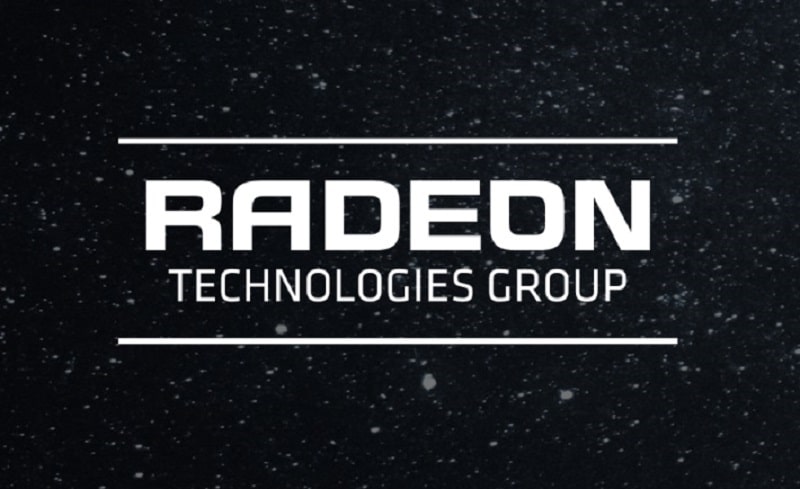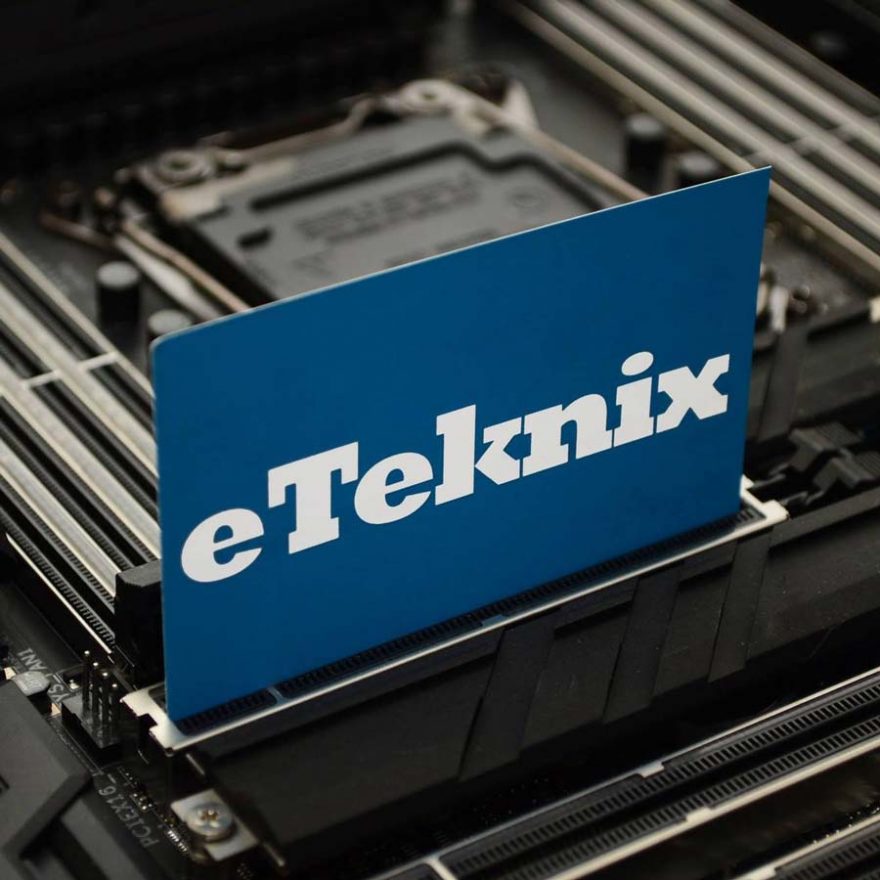AMD Positions Polaris as Mainstream Offerings
Samuel Wan / 9 years ago

One of the biggest questions we having going into May is how Pascal and Polaris will stack up. As the latest iteration of the long-standing battle between Nvidia and AMD, the 2 GPU architectures and the chips they power have been reported to be significant upgrades over their predecessors. In light of their push for VR, AMD has reportedly focused their Polaris GPUs to meet mainstream demand, rather than focus on what enthusiasts want.
Before you get all worried about Nvidia dominating the top-end segment, it important to note a few things. Despite calling Polaris (10) mainstream part, they GPU should be a decent Fiji/Fury X replacement. Furthermore, Polaris 10 has reportedly been teasing the GTX 980Ti in terms of performance. That is also where we expect the GTX 1080 to fall, just a bit over the 980Ti. To get a better sense of what AMD has planned, check out what Roy Taylor has said.
“The reason Polaris is a big deal, is because I believe we will be able to grow that [VR] TAM significantly. I don’t think Nvidia is going to do anything to increase the TAM, because according to everything we’ve seen around Pascal, it’s a high-end part. I don’t know what the price is gonna be, but let’s say it’s as low as £500/$600 and as high as £800/$1000. That price range is not going to expand the TAM for VR. We’re going on the record right now to say Polaris will expand the TAM. Full stop.”
From what I read, AMD isn’t only offering mainstream performance graphics cards. Rather, AMD is going to make VR levels of performance become mainstream and bring that kind of performance needed to mainstream prices. We can see a bit of AMD’s old small-die strategy here, offering nearly similar performance but a lower price. In addition to the benefits to VR, AMD stands a good chance to sweep up some market share and get back in the black.



















